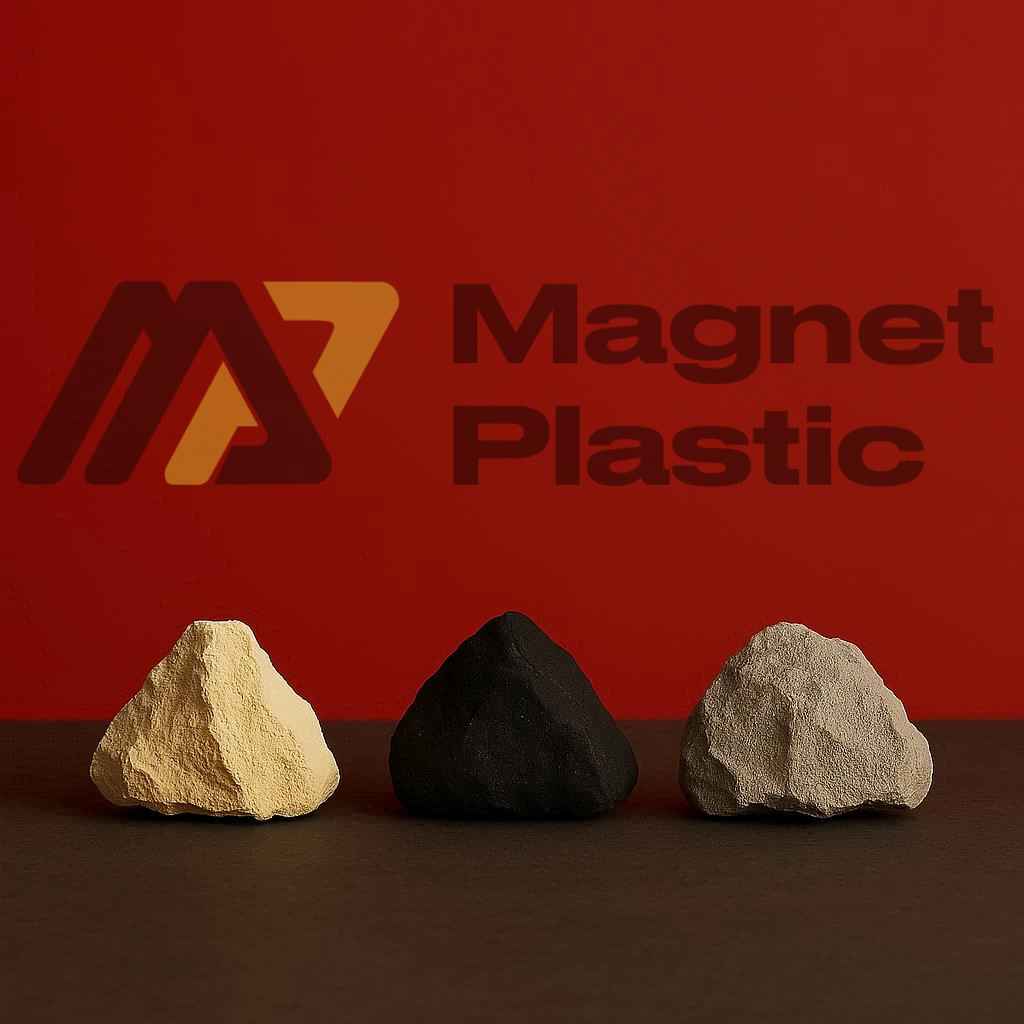China Strangles the West by Tightening Rare Earth Exports
A New War for Strategic Resources
The geopolitical standoff between China and the West has entered a new phase. Beijing has decided to further tighten its export controls on rare earths — a group of minerals essential to the modern economy and future technologies. The move has set off alarms in Europe and the United States, evoking memories of the global dependence on oil during the 20th century. The new “war of minerals” has begun, and China holds most of the cards.
What Are Rare Earths and Why Do They Matter?
Rare earths are a group of 17 chemical elements — including neodymium, yttrium, and scandium — whose importance has skyrocketed in recent years. Despite their name, they are not actually rare in nature; what’s scarce are the operational mines and, above all, the facilities capable of refining them. China produces about 60% of the world’s rare earths and controls nearly 90% of global processing, granting it an almost monopolistic position in a field crucial for the energy transition and digitalization of the world economy.
Unique Properties and Strategic Applications
These minerals possess exceptional properties: when combined with other materials, they enhance heat resistance, magnetic power, and product durability. They are essential for manufacturing strategic components such as permanent magnets, electric motors, wind turbines, batteries, sensors, and semiconductors. From wireless earbuds to the F-35 fighter jet — which contains around 400 kilograms of rare earths — these invisible metals are at the core of modern technology.
The Impact of China’s Export Restrictions
Beijing’s restrictions come at a critical time. In the United States, they directly affect the military and high-tech sectors; in Europe, they strike the already weakened automotive industry, which is struggling with the energy transition and a shortage of semiconductors. Western companies must now file formal requests with Chinese authorities, explaining in detail how and where the materials will be used. This process forces them to share sensitive information and endure long approval times, making production planning nearly impossible.
China’s Strategy: Four Decades of Planning
China’s dominance is no accident. For more than forty years, the country has pursued an industrial strategy aimed at controlling the entire value chain of strategic minerals. While the West outsourced mining and refining in search of lower costs and fewer environmental impacts, Beijing invested heavily in subsidies, technology, and industrial capacity. Its more lenient environmental and labor regulations also allowed it to develop mines and plants that would be unthinkable in Europe or the United States.
The West Tries to Catch Up
Europe and the United States are now trying to rebuild their own mining and refining industries, but this is neither quick nor cheap. Opening new mines requires time, large investments, and complex environmental permits. Analysts estimate it could take one or two decades before the West significantly reduces its dependence. Until then, China can leverage its dominance as a powerful geopolitical and economic weapon.
The Spanish Case: Potential and Paradox
In Spain, deposits of monazite containing neodymium have been identified in the province of Ciudad Real. These could cover up to one-third of Europe’s annual demand. However, projects remain stalled for environmental reasons. The paradox is clear: the West needs rare earths to achieve its green transition, yet their extraction remains, ironically, far from environmentally friendly.
